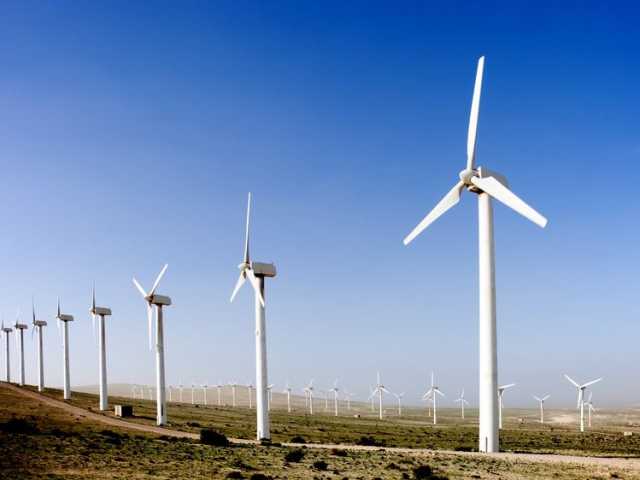Blog: Surviving in a subsidy-free wind industry: are strategic partnerships the answer?

Vinci-researcher Nora Balogh
In 2013, the Dutch government outlined a roadmap towards increasing offshore wind energy capacity in the Netherlands. The goal is to increase from 1000 Megawatts (MW) to 4500 MWs in 2023 through a competitive tender system for permits and subsidies. Less than three years into its execution, in 2016, winning bid prices for the first two offshore wind farm tenders (Borssele) came in at €72.70/Megawatt hour (MwH) in July and €54.50/MWh in December, marking a significant reduction in offshore wind costs compared to the previous tenders. As a comparison, the cost of solar PV technology, for instance, averaged at €100/MwH last year. In welcoming the winning tenders, the Dutch government declared that at its current pace, offshore wind energy can become completely subsidy free in the Netherlands within ten years.
The sharp decline in offshore tender prices begs the question: what drives this striking reduction in offshore wind costs? While such cost reduction process is complex and not immune from market developments, firms` approach to executing offshore wind projects can be a significant contributor. More specifically, when two or more firms collaborate to build a wind farm together, they can achieve scale- and scope efficiencies, share knowledge and utilize complementary competences. Indeed, industry reports find that encouraging collaboration across the supply chain is an important path towards reducing offshore wind costs. Additionally, the United Nations` climate agreement, the “Paris Accord” signed by UN leaders in December 2015, describes collaboration between organizations and firms as a solution to climate change.
In the Netherlands, the last offshore wind tender in December 2016 was won by a consortium of companies including Shell and Eneco. Conversely, the first tender in July was allocated to a non-collaborative bid by a single company (DONG Energy). It is therefore interesting to see that despite the benefits of collaboration, both individual and collaborative bids are presented for projects with the same potential capacity (700 Megawatts). In other offshore wind markets, we also observe examples of both collaborative and independent strategies for building wind farms. In the United Kingdom, for example, 15 out of the 25 operational offshore wind projects are owned in a collaborative structure (i.e. by two or more firms). Wind farm projects can even move between these two strategies throughout their development. For example, collaboration at the initial phase of development enables firms to bundle complementary resources and get the project off the ground. As the projects continues towards completion, however, not all organizations are interested or capable of operating a wind farm for 25 years. Therefore partner changes by, for example, one of the firms selling its share, is not uncommon. The London Array wind farm, which is the largest offshore wind farm in operation to date, is a prime example of such a transition. Since its development started in early 2000, this wind farm evolved from a single-owner project to a dyadic, and subsequently, multi-partner collaboration between four members.
The current trends in offshore wind therefore raise the following question: will collaboration or independent investment emerge as the dominant strategy in the market? This is one of the core questions that I explore in my PhD research. For instance, I look at the implications of transitioning between independent and collaborative strategies for the financial profitability of wind farms. I also explore the structural boundaries of these effects by, for example, comparing dyadic to multi-partner projects. In the coming period, I will continue to explore the intricacies of collaborative strategies in the wind energy market as a possible avenue to further cost reduction.
Want to learn more? Please do not hesitate to contact the author of this post: n.balogh@rug.nl
